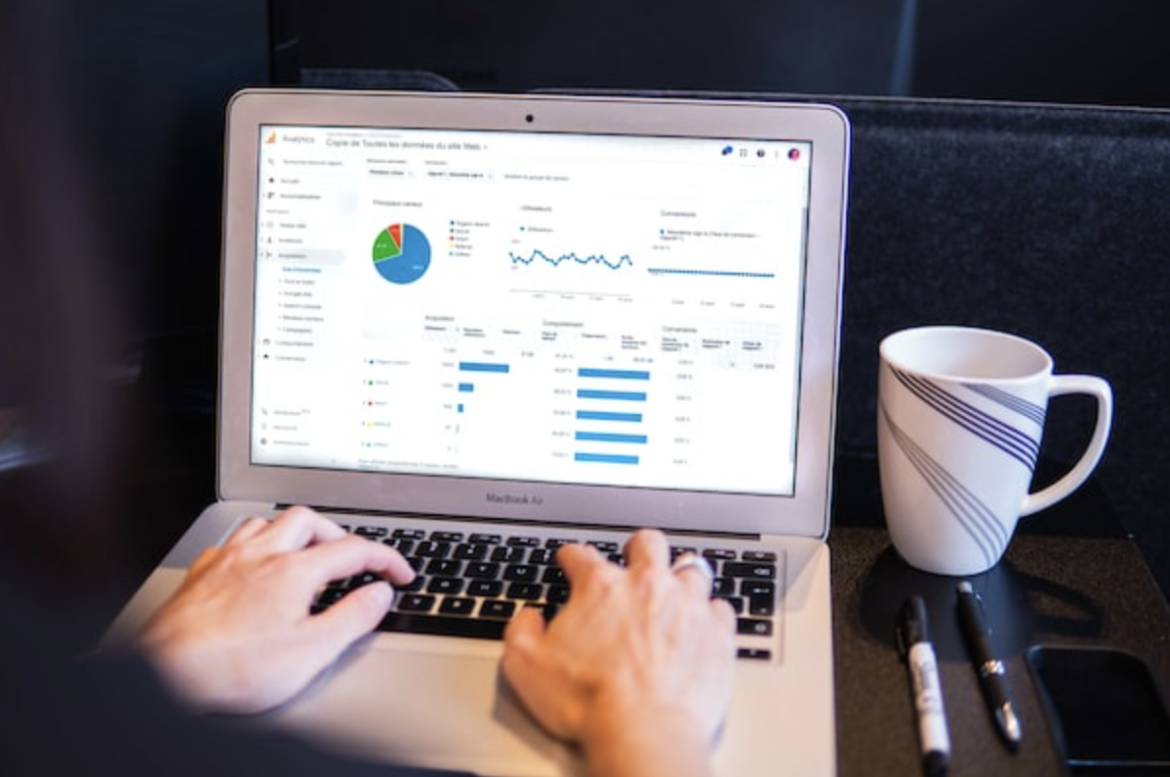While you have heard of line graphs, bar graphs, and scatter plots, you might not be as familiar with combination charts. These charts combine two or more types of data by utilizing different types of charts in the same graphical representation. There are a few key reasons why you should use these charts. First, it can help you to see patterns and trends in your data more easily. Second, it can help you to more easily compare data across different categories. And third, it can help you to more easily identify outliers in your data. Let’s take a closer look at combination charts.
What are combination charts?
So, what is a combination chart? Combination charts are graphical representations of data that combine two or more types of data charts into a single display. The most common type of combination chart uses a bar graph and line chart, which combines a vertical column graph with a horizontal line graph. This type of chart can be used to compare data over time or to compare two different sets of data. Other types of combination charts include area charts or radar charts. A combination chart is used to show two or more different types of data in the same chart. The different types of data can be shown as different types of graphs, or they can be shown in different colors.
Why use a combination chart?
There are many reasons to use a combination chart for your data analysis. One of the most common is when you want to compare two different types of data. For example, you might want to see how your company’s sales have changed over time compared with the overall market trend. In this case, you would create a column chart that shows the sales data and then overlay a line chart that shows the market trend.
Another reason to use a combination chart is when you want to compare two or more sets of data that are measured on different scales. For example, you might want to see how your company’s sales have changed over time compared with your competitors’ sales. In this case, you would create a column chart that shows each company’s sales data and then overlay a line chart that compares them all.
A third reason to use a combination chart is when you want to show changes in data over time. For example, you might want to see how your website’s traffic has changed over time. In this case, you would create a line chart that shows the website’s traffic data and then overlay it with another line chart that shows the trend for overall internet traffic.
What are the limitations of combination charts?
A combination chart is a chart that combines two or more chart types into one graphical representation. Combination charts are often used to compare data across two or more data sets and can prove to be a great data visualization tool. However, there are a few limitations to using combination charts. One limitation is that the data in each chart must be of the same type. Another limitation is that you cannot combine two charts that have different scales. For example, you cannot combine a column chart with a radar chart. A final limitation of combination charts is that they can be difficult to read. The different charts can be confusing, and it can be difficult to determine which data is which. It is often helpful to use different colors or different shapes to distinguish the data in each chart.
Overall, a combination chart can be a very useful tool for data analysis. By graphing data points from different categories together, it is possible to see relationships and trends that might not be apparent from individual graphs. Additionally, a combination chart can be used to compare data from different time periods or groups.



